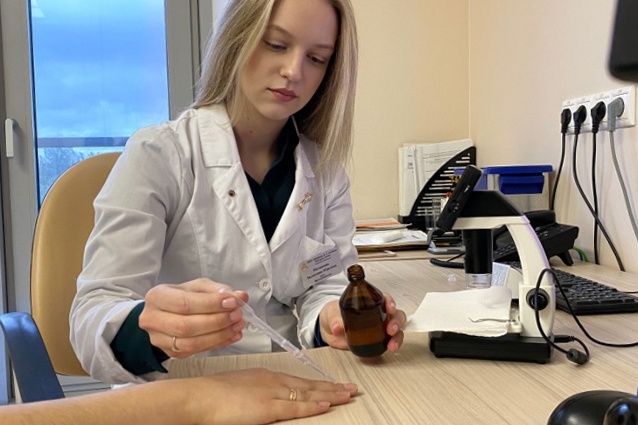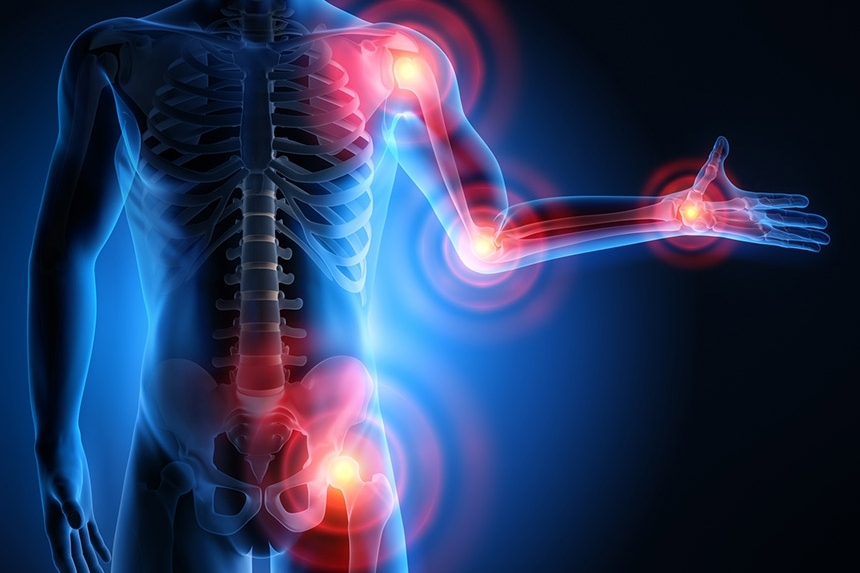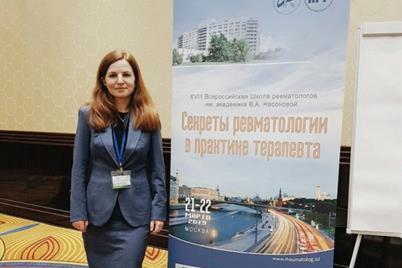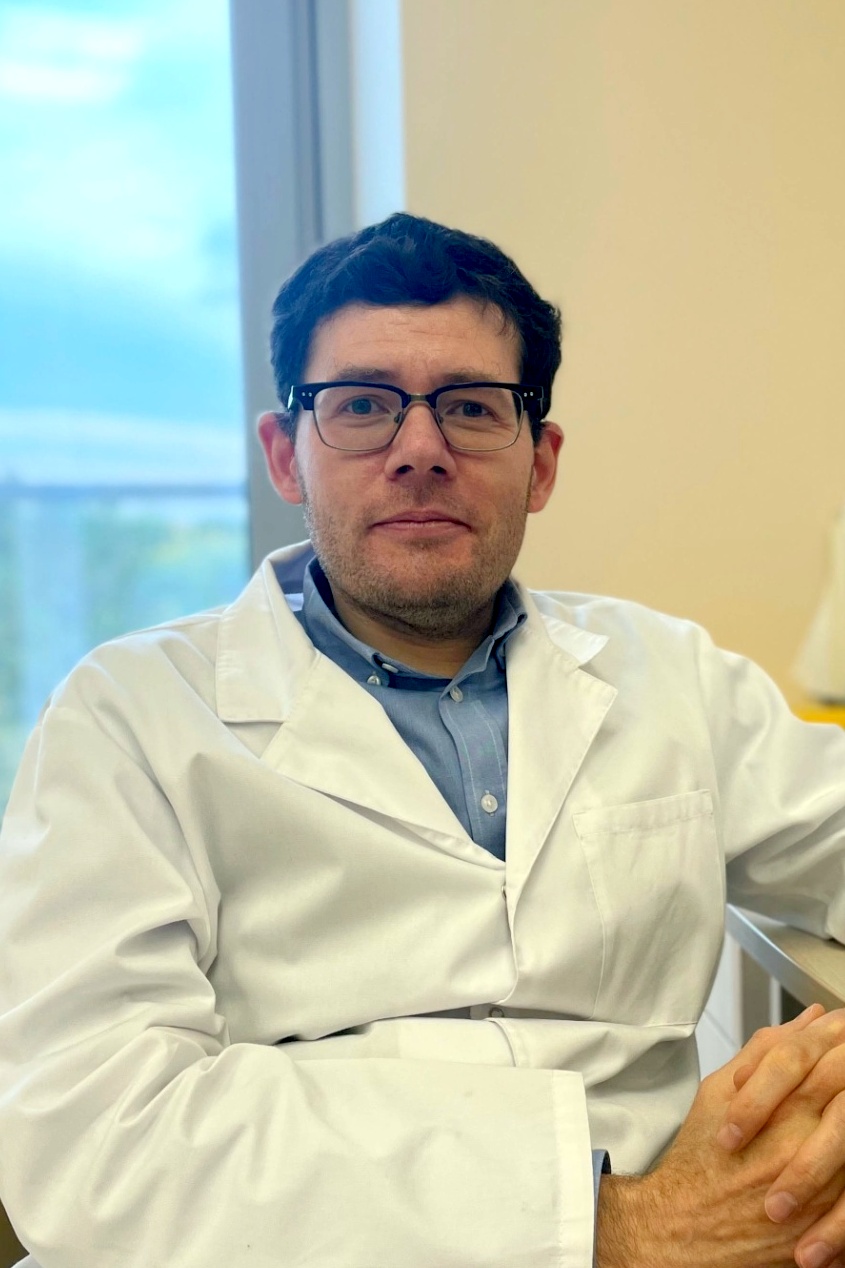Rheumatology and Immunopathology Research Laboratory



History
The Rheumatology Laboratory (currently – Rheumatology and Immunopathology Laboratory) was established in 2007 at the Rheumatology Department. Its founder was Academician of the Russian Academy of Medical Sciences, Prof. Vadim Mazurov. Since 2019, student of Prof. Mazurov Alexey Maslyansky has been the head of the Laboratory.
Major goals
- Improving the early diagnosis and secondary prevention of rheumatic diseases
- Studying the pathogenesis of autoimmune and autoinflammatory rheumatic disorders (including rare forms)
- Investigating the role of immune disorders and inflammation in the pathogenesis of common non-communicable diseases, including atherosclerosis
- Improving the methods of therapy, development of new methods, including those based on the translational approach as well as training of medical personnel for the healthcare system
Major research areas
- Development of new promising biomarkers for rheumatic diseases
- Study of the immunopathogenesis of polygenic autoinflammatory disorders and the development of personalized therapeutic approaches (adult Still's disease, idiopathic recurrent pericarditis)
- Development of new biological therapeutic options for autoinflammatory diseases, diffuse connective tissue diseases
- Studying the role of the microbiome in the pathogenesis of rheumatic diseases (spondyloarthritis, rheumatoid arthritis) and microbial therapeutic options
Newly developed and implemented technologies
- In 2012, the study was completed to assess the diagnostic sensitivity and specificity of RA 33 as a diagnostic marker for seronegative rheumatoid arthritis (for the first time in Russia). The results were published. Together with the specialists of the Institute of Molecular Biology and Genetics, the Laboratory created a biobank of synovial membranes from patients with rheumatoid arthritis and spondylitis, and candidate biomarkers of the disease are being explored.
- A severity index for gouty arthritis, including its main features (tophi and excess uric acid levels) was developed. The development of endogenous intoxication syndrome was confirmed in elderly patients with gout and metabolic syndrome under chronic inflammation.
- The capillaroscopy method was explored and introduced into clinical practice. Nailfold capillaroscopy is used for the early diagnosis of systemic scleroderma.
- In 2009—2010, successful autologous transplantation of blood stem cells was performed in 3 patients with diffuse scleroderma.
- In 2018, autologous stem cell transplantation was performed for the first time in the world in a patient with therapy-resistant isolated CNS angiitis.
State assignments
Creation of a new technology for targeted regulation of the gut microbiome and development of a personalized approach for the primary prevention and treatment of atherosclerosis in cardiovascular diseases “as part of state assignment No. 17-2021 (supervised by Alexey Maslyansky).
Tkachenko, O., Lapin, S., Mazing, A., Emanuel, V., Belolipetskaia, E., Beliaeva, I., I Myachikova V, Maslyansky A, Schierack P, Roggenbuck D. Profiling of non-criteria antiphospholipid antibodies in patients with SLE: differentiation of thrombotic SLE patients and risk of recurrence of thrombosis. Lupus, 096120332090995. doi:10.1177/0961203320909952.
Influence of HLA-DRB1 susceptibility alleles on the autoantibodies spectrum of systemic lupus erythematosus in European part of Russia. Tkachenko O., Lapin S., Guseva V., Mikhailova L., Maslyansky A., Myachikova V., Belolipetskaia E., Belyaeva I., Mazurov V., Ivanova N., Gilburd B. Autoimmunity Reviews. 2019. Т. 18. № 5. С. 558-560.08
Kira Zotkina, Junior Researcher еmail: kira.zotkina@gmail.com
Valentina Myachikova еmail: fever.net@almazovcentre.ru

